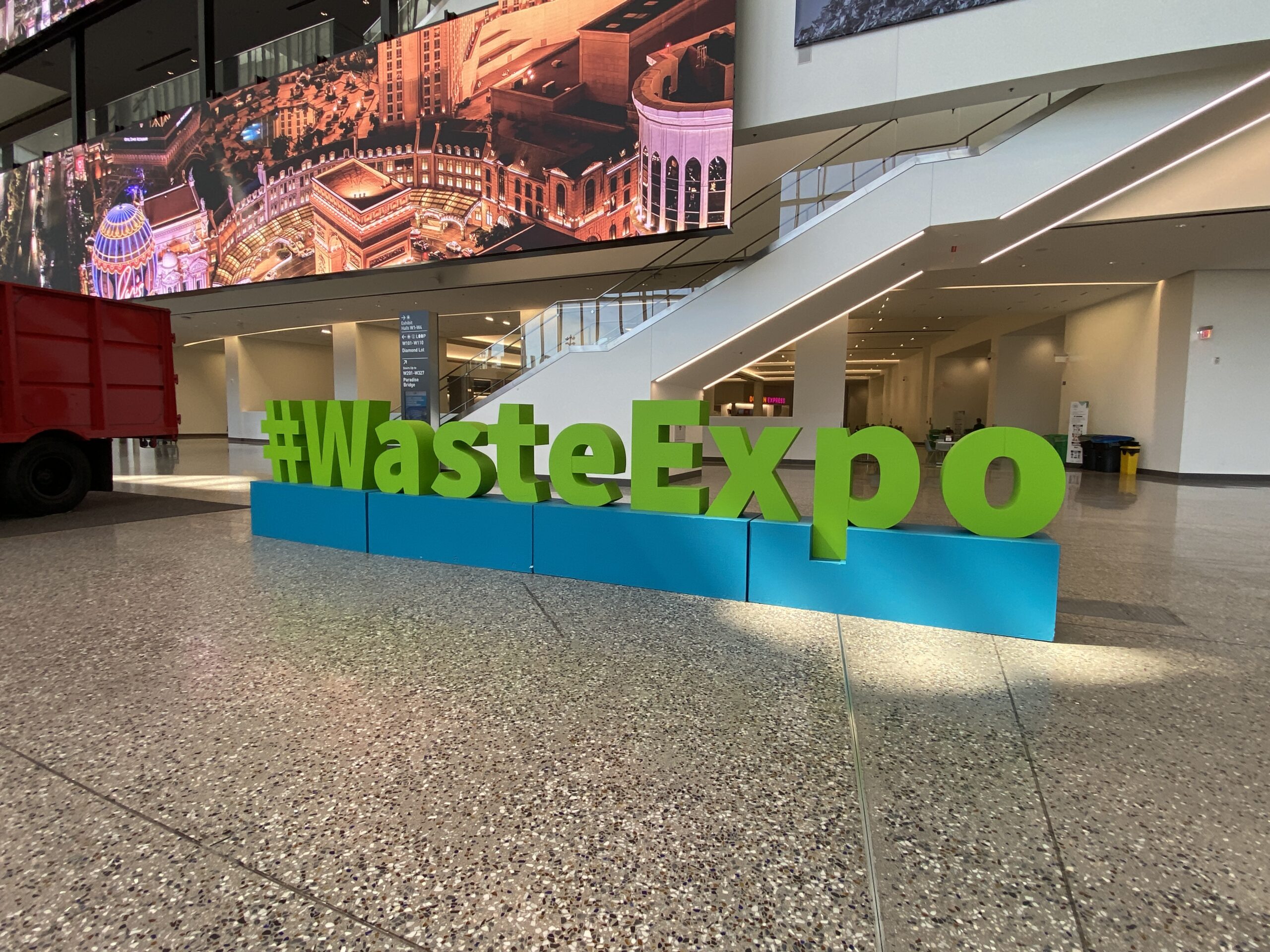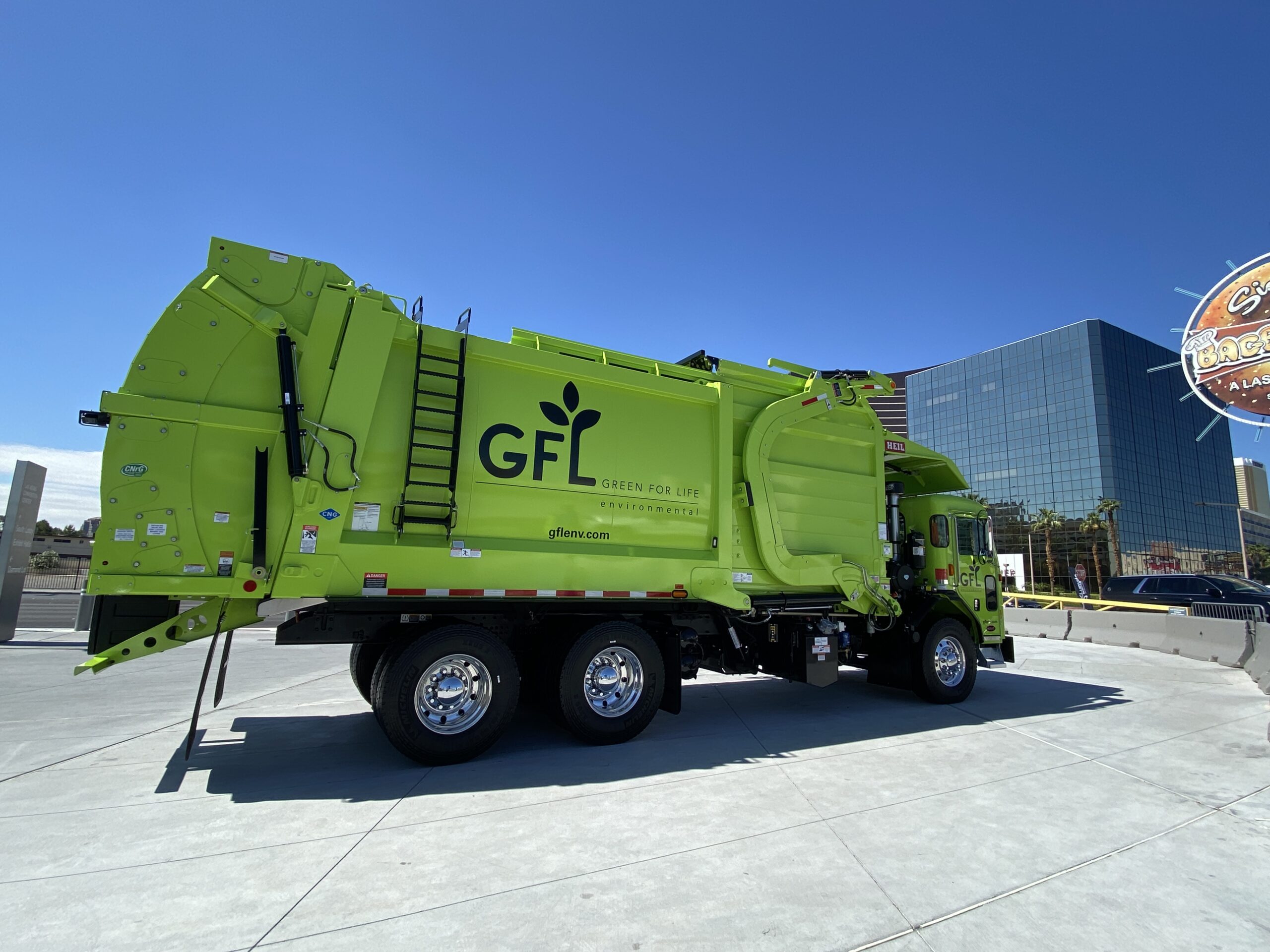Greenwashing is a term coined by environmentalist Jay Westerveld which refers to the practice of marketing products in a way that makes them seem more sustainable and environmentally friendly than they actually are. Unfortunately as consumers become more and more interested in making more ethical choices, many corporations want to seem like they are course-correcting to lowering pollutants and carbon emissions without actually doing what needs to be done.
One of the most prominent instances of greenwashing occurs in labelling, particularly when companies advertise their products as “all-natural,” which essentially means nothing. “USDA Certified Organic” is a specific label that requires certification based on implementing rigorous practices and conservation methods. According to the USDA site: Organic products must be produced using agricultural production practices that foster resource cycling, promote ecological balance, maintain and improve soil and water quality, minimize the use of synthetic materials, be produced without genetic engineering, ionizing radiation sludge, or sewage sludge among other prohibited methods, and conserve biodiversity. “All natural” has zero meaning. Anyone can use it. And of course, just because something is natural, doesn’t mean it’s healthy. Arsenic is “all natural.” So is hemlock. As are oleanders. And mercury. You don’t want to ingest any of those.
So how do you know if a company is greenwashing? There are a number of methods used as subterfuge to steer customers the wrong way.
Performative actions. Growing up, the Chevron company next door began a campaign about how they were creating habitats to preserve the El Segundo Blue Butterfly (which to this day I’ve never seen and previously had never heard of). Meanwhile, our entire neighborhood was sitting on a reserve of hydrofluorocarbons that were seeping into the groundwater and, if ignited, could explode.
Selectively disclosing what they do as opposed to what they don’t do. This is inevitably true with the use of plastic, even bio-plastics. 90% of the plastics made in the world do not get recycled. In fact, most of it winds up in the ocean where, by 2050, scientists reckon there will be more plastic than fish and wildlife. Calling a product “recyclable” isn’t the same thing as it actually being able to be recycled. And bioplastics need both oxygen and sunlight to decompose, which is not actually available in landfills.
Planned obsolescence. Apple computers likes to talk about their recycling program and how they have cut down on e-waste and packaging. Yes, digital media has decreased the environmental cost of production of CDs, DVDs, and books and the plastic waste and deforestation that comes along with it. However, their computers and tablets and smartphones are made with the intention of lasting only a few years and the lithium batteries needed to power them are mined by slaves in Africa. Mining is one of the worst industries in terms of leaving a carbon footprint.
In the cleaning business, there are many products that declare themselves to be environmentally sound but, on a more studied glance, are actually not. Without a degree in chemistry, how do you actually know?
The Environmental Working Group is an organization that offers online resource guides for consumers in the areas of personal care products, cosmetics, house cleaners, your local tap water pollutants, and solar energy systems. Their areas of focus also include farming and agriculture, the food system, and family health. They also have apps you can download on your phone to check out products while you’re shopping for them.
PopUP CleanUP cares about the health and safety of our environment and strives to use sustainable, non-toxic, and highly rated cleaning supplies at all times.



